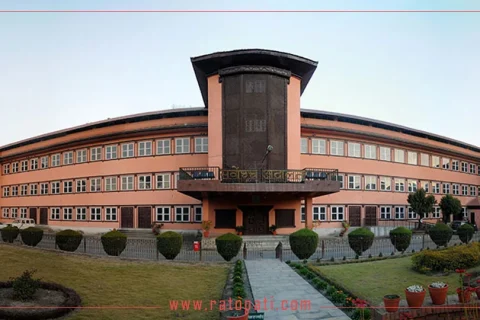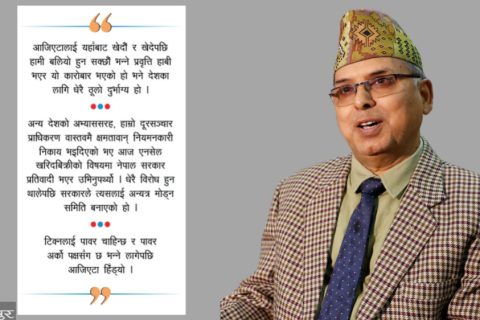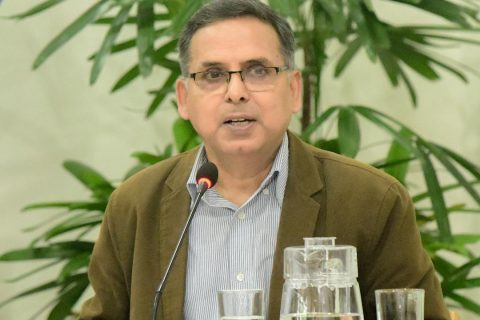Exactly 28 minutes before midnight on May 28, the first session of the constituent assembly announced abolition of monarchy and declared the country a Federal Democratic Republican. The resolution that was put to vote without any debate was adopted with 560 in favour and four against it.
King Gyanendra the 13th king (including Dipendra) accepted the verdict of the constituent assembly with grace, and was preparing to leave the Narayanhiti palace which the government has decided to convert into a national museum, later this week.
Gyanendra, his son Paras and former queen mother Ratna Rajya Lakshmi are likely to share the residential complex that houses Nirmal Niwas and Jeevankunj in Maharajgunj.
Home Minister KP Sitaula, who is not a member of the House, moved the resolution and announced that the ex-king and none of his family members will be entitled to any privileges more than what an ordinary citizen gets. Two days later, Sitaula handed over the ‘vacate notice’ giving 15 days time to leave the palace. Prime Minister GP Koirala chose not to allow Gyanendra to address the nation before the 240-year old institution was moved in the constituent assembly.
Within hours of the decision in the constituent assembly, Gyanendra is believed to have himself asked palace officials to bring down the royal standard that had a lion holding a rectangular flag. On May 29, some civil society leaders challenged the government decision not to hoist the national flag since the occupants of the palace were not holding any official positions.
Three flags were hoisted just above what used to be the royal office earlier. Youths belonging to the Maoists and other parties pelted stones and clashed with the police in the Durbar square area demanding that the national flag be hoisted there.
Palace officials have been asked to deposit all property in kind under their responsibility to an official committee that the government has formed. Palace officials assembled on Saturday, a day after the committee was formed, to enumerate the objects before handing them over. On June 1, the government team visited the palace for a preliminary assessment of the property.
But the way the entire resolution was moved and carried not only baffled the constitutional experts, but also the diplomats present there. “The manner it was passed defies all norms of parliamentary and democratic practices,” Bipin Adhikari, a constitutional lawyer told Newsfront.
Some are even questioning the legality and constitutionality of the whole exercise. “The house was not even complete as 26 members are yet to be nominated by the government. Moreover, Sitaula is not a member and his entry in the house as well as his moving the resolution are insult to the people,” Kumar Regmi, President of the Constitutional Lawyers Forum told Newsfront.
The house that was supposed to have met at 11 AM could begin only around 9.45 in the evening. According to the sources in the constituent assembly, the pro-tem speaker, Prime Minister as well as Home Minister and the Maoist leaders were opposed to allowing any debate taking place.
Nembwang went to the extent of warning it will be starting a wrong precedence and ‘we should not curtail’ the normal procedure and members’ rights. The broader understanding was to go for the ‘end’ that cared about the ‘means’ or procedure. Maoists even accused that a last minute conspiracy was being hatched to save the monarchy. “That in fact, stopped everyone from talking about rules and procedure,” CA sources said.







